倭姫命と斎王の歴史をたどる旅

エリア
- 中南勢
シーズン
- オールシーズン
日程
日帰り
交通手段
車
今から2,000年以上前、天照大神を祀るふさわしい場所を探す旅をして、現在の伊勢神宮を創建したと言われているのが倭姫命(やまとひめのみこと)です。第11代天皇・垂仁天皇の皇女である彼女の足跡を辿るとともに、斎王が住んでいた都・斎宮の歴史を学ぶモデルコースです。
START
瀧原宮 (皇大神宮 別宮)
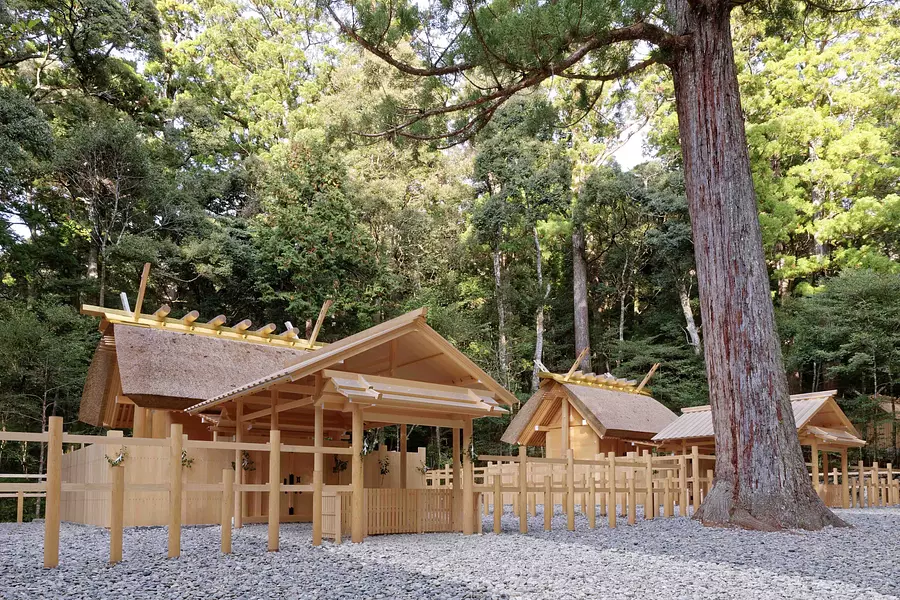
瀧原宮、瀧原並宮とも天照大御神の御魂をお祀りし、古くから「遙宮」として崇敬を集めています。瀧原宮は二つの別宮が並立しており、また御船倉を有するなど他の別宮と異なる点が多々あります。
神域内の樹齢数百年を越える杉の木立に囲まれた参道と谷水の流れを利用した御手洗場は内宮を連想させ、神代の昔に誘います。
お参りは瀧原宮、瀧原並宮の順にされるのが一般的です。
詳細を見る
神域内の樹齢数百年を越える杉の木立に囲まれた参道と谷水の流れを利用した御手洗場は内宮を連想させ、神代の昔に誘います。
お参りは瀧原宮、瀧原並宮の順にされるのが一般的です。
約45分
2
カケチカラ発祥記念碑
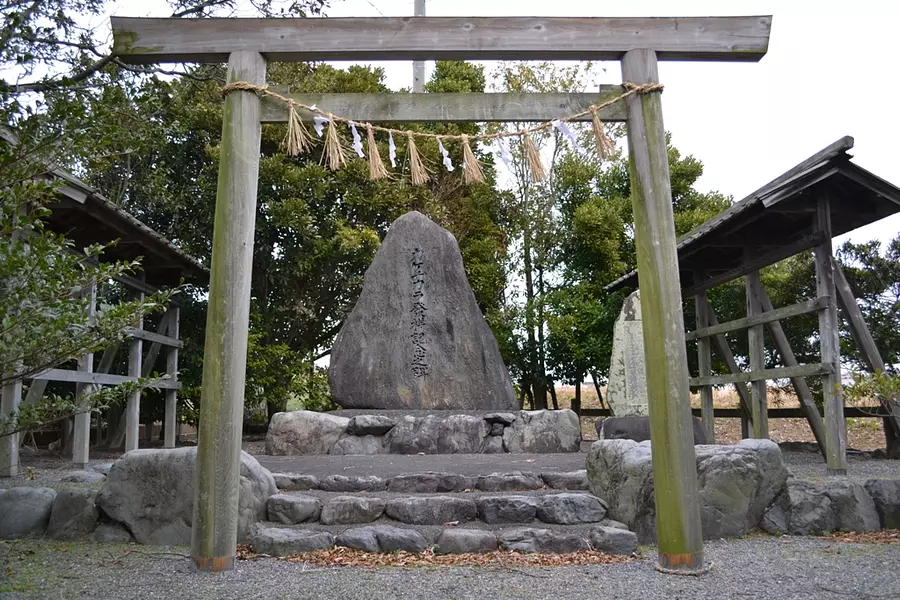
一羽の真名鶴が根は一株で八握穂に茂っている稲を示し、倭姫命がそれを大神に捧げたという伝説があり、懸税(かけちから)/毎年10月に伊勢神宮で行われる神嘗祭で内垣に掛けられる稲束)の発祥の地とされ、記念碑が建てられています
詳細を見る
約10分
3
いつきのみや歴史体験館
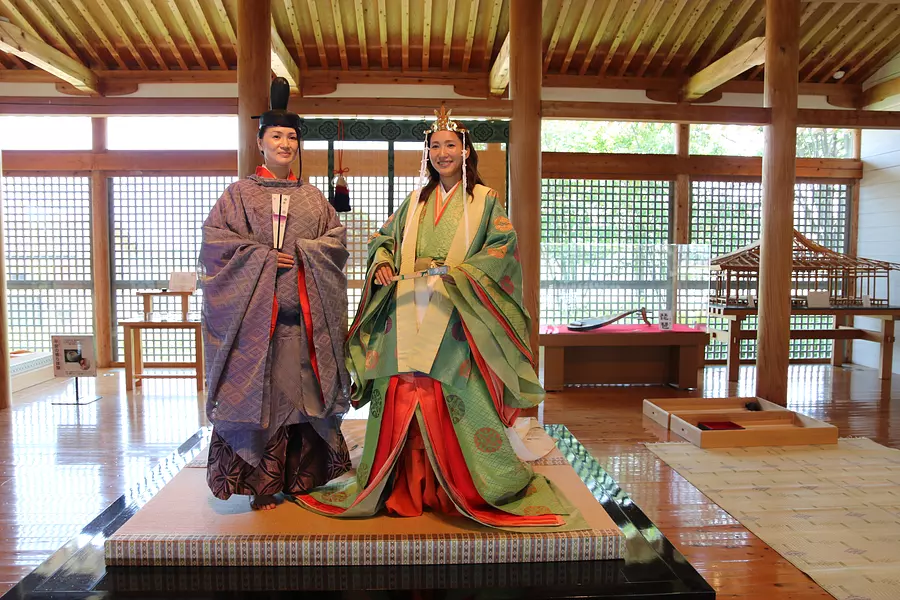
斎宮が最も栄えた平安時代の体験ができます。建物は平安時代の貴族の屋敷「寝殿造」をモデルにしており、当時の建築技術を活かし、部材の組み立てに釘を使用していません。
館内では、当時の年中行事や技術・文化を学べる体験講座のほか、十二単・直衣の試着体験も実施しています。また、盤双六や貝覆いなど、古代の遊びも体験することができます。
詳細を見る
館内では、当時の年中行事や技術・文化を学べる体験講座のほか、十二単・直衣の試着体験も実施しています。また、盤双六や貝覆いなど、古代の遊びも体験することができます。
約5分
4
斎宮歴史博物館
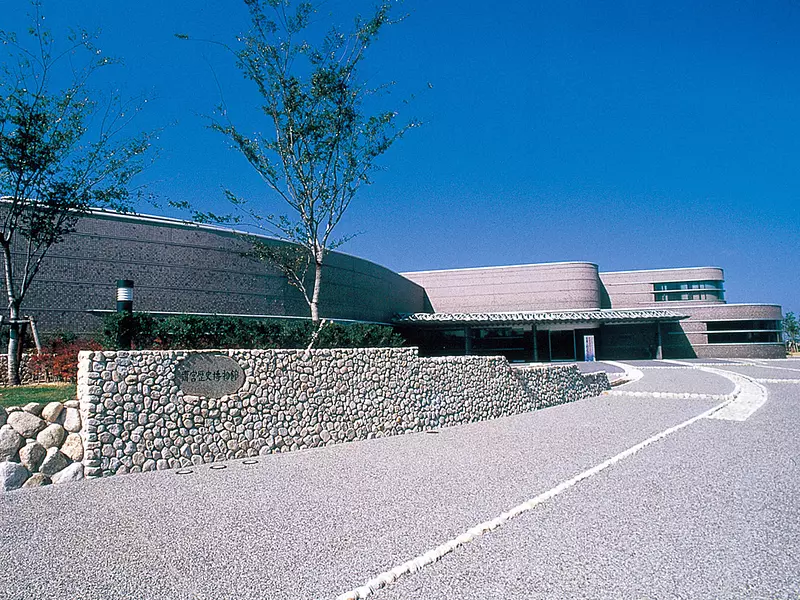
国指定史跡斎宮跡の一角に建つ県立の博物館。斎宮の歴史を紹介するため、伊勢神宮に使えた未婚の皇女・斎王(さいおう)の役割や、当時の斎宮の様子などを資料や模型、映像を使って分かりやすく紹介しています。
常設展だけでなく、特別展も随時開催しています。
詳細を見る
常設展だけでなく、特別展も随時開催しています。
約2分
5
さいくう平安の杜
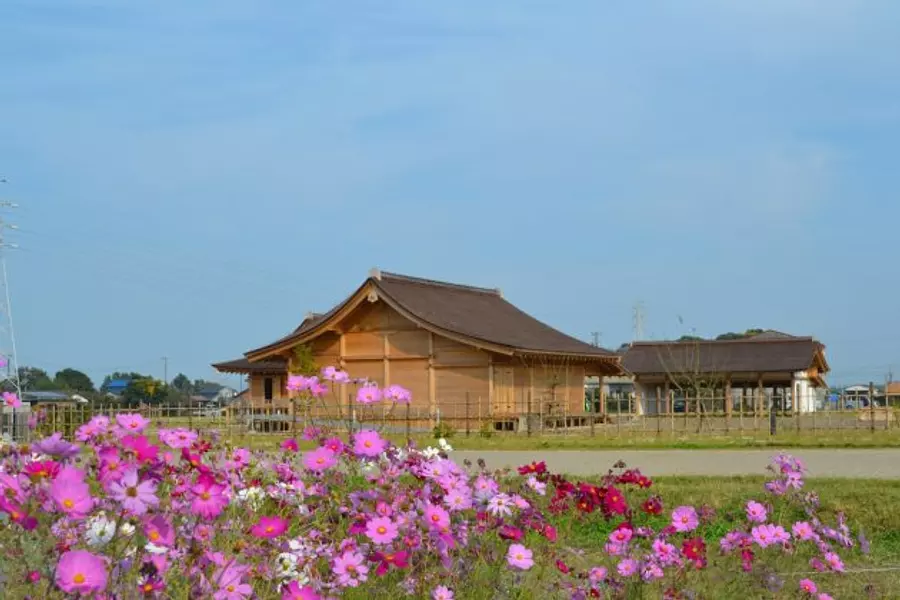
史跡斎宮跡に三棟の平安時代の建物「斎宮寮庁」が復元されました。古代建築の魅力を伝え、いにしえの斎宮の姿を再現しています。
斎宮の役所「斎宮寮(さいくうりょう)」の長官のもと、儀式や饗宴に使用されたと考えられる三棟の建物があります。その背景には、平安時代の古代建築の世界が広がります。
詳細を見る
斎宮の役所「斎宮寮(さいくうりょう)」の長官のもと、儀式や饗宴に使用されたと考えられる三棟の建物があります。その背景には、平安時代の古代建築の世界が広がります。
約15分
6
尾野湊御禊場跡
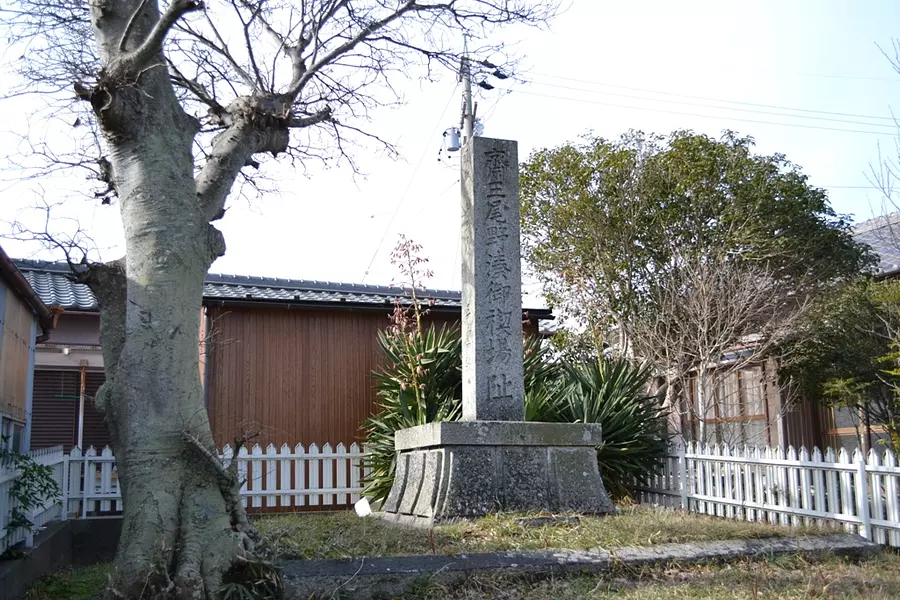
尾野湊というのは大淀海岸の古名で、伊勢神宮に向かう際、斎王が禊をした場所です。
詳細を見る
約25分
GOAL
倭姫宮 (皇大神宮 別宮)
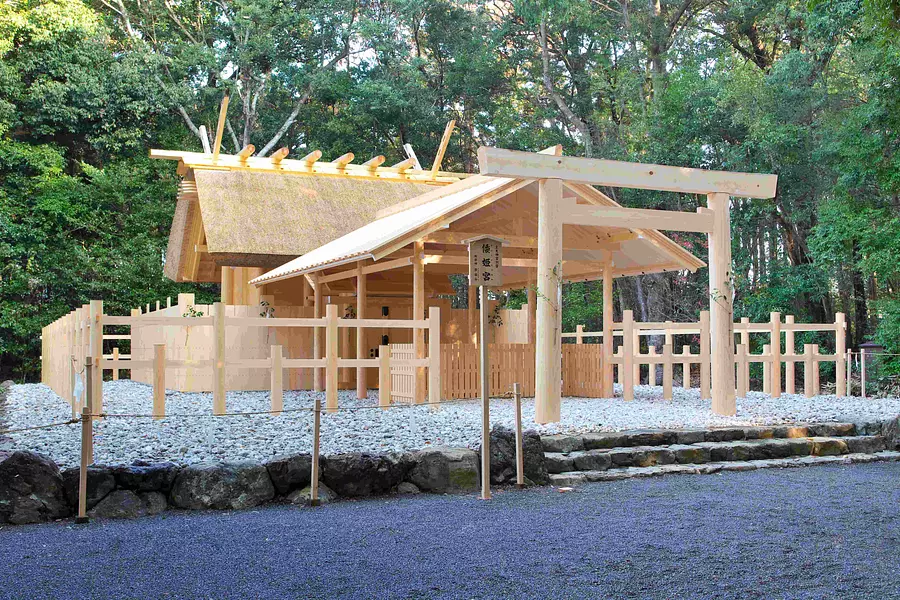
倭姫宮は、内宮と外宮を結ぶ御幸道路の中ほどの倉田山に鎮座し、倭姫命をお祀りしています。緑のあざやかな倉田山の西側には、神宮徴古館・農業館、美術館、神宮文庫等があり、この辺りを「倭姫文化の森」といいます。
春(5月5日)と秋(11月5日)の例大祭で有名。
詳細を見る
春(5月5日)と秋(11月5日)の例大祭で有名。
その他のおすすめコース

非日常の時間を優雅に過ごす、大人のバカンス
中南勢
エグゼクティブなあなたに贈る、プレミアムなみえの旅。洗練されたリゾートホテルで、美しいリアス式海岸を眺めながら宿泊。三重を代表する松阪牛をご堪能ください。
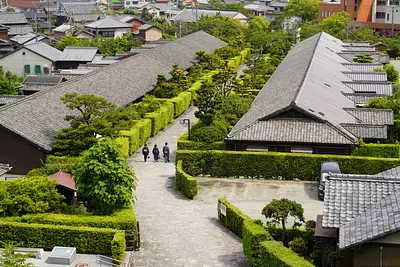
歴史を学び、グルメを味わう。豪商のまち松阪を日帰りで満喫!
中南勢
世界的にも有名な松阪牛で知られる松阪市。実は全国的に有名な商人を生んだ歴史ある街でもあり、「豪商のまち」とも言われています。
松阪商人の歴史を学ぶとともに、松阪が誇るグルメを味わう、日帰りモデルコースを紹介します!

写真を撮るならここ!三重県写真旅コース その2
中南勢
一眼レフカメラやミラーレスカメラ、いいカメラを買ったけどどこで撮影しよう?そんな方に送る三重県写真旅コース。ここで撮ればお気に入りの一枚間違いなし!なスポットをご紹介します。
